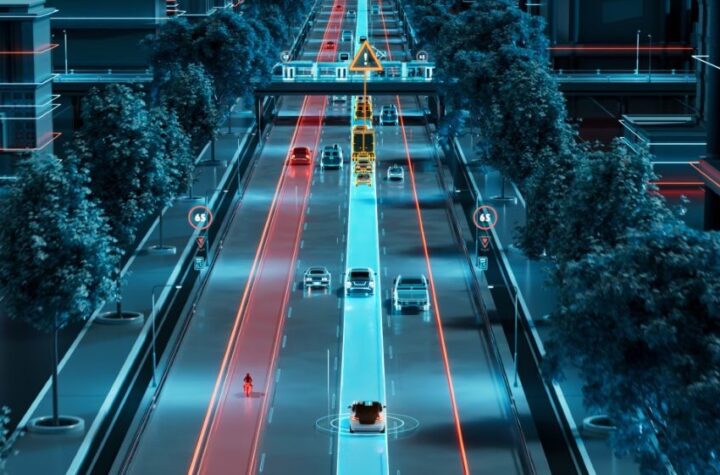
Since its inception the motor industry has been underestimated and misunderstood by the public and soothsayers alike.
In 1903 the President of the Michigan Savings Bank advised Henry Ford’s lawyer, Horace Rackham, not to invest in the Ford Motor Company. “The horse is here to stay but the automobile is only a novelty – a fad.” For a few years he may have believed he was right. According to Scientific American in 1907 there were 40,300 cars registered in the U.S. and just 2,900 trucks. People and goods were transported by rail over long distances and horse-drawn carriage for short trips.
By 1917 the number of cars had increased 33-fold to almost five million, with a 134% growth in commercial, agricultural and military vehicles, to almost 400,000.
In Britain and Europe, it was much the same story. British MP John Douglas-Scott-Montagu is quoted as saying “I do not believe the introduction of motorcars will ever affect the riding of horses” – and this from one of the pioneers of motoring in the United Kingdom.
Electric vehicles are getting the same kind of bad press in some markets. According to research published by British consortium Go Ultra Low, 42% of Brits aren’t sure if you can put a pure electric vehicle through a car wash. Nearly half (47%) think a petrol or diesel car accelerates quicker than a pure electric vehicle. They clearly haven’t seen the 2020 Tesla Roadster figure of 0 to 60 mph in 1.9 seconds – a time which test driver Emile Bouret has described as “conservative”.
Go Ultra Low is a collaborative campaign bringing together a consortium of vehicle manufacturers, government and the Society of Motor Manufacturers and Traders (SMMT) in the United Kingdom. Its objective is “to dispel myths and give Brits the facts about the benefits of choosing a pure electric car”.
Another of the “myths” is cost. One in 4 (25%) of Brits think that, over the lifetime of the car, maintenance costs are higher for pure electric cars than they are for petrol or diesel, when in fact a pure electric can cost around 70% less. Brits also believe it’s significantly more expensive to charge one than it actually is. On average, people think it costs £21.54 to fully charge a pure electric car, even though charging at home could cost as little as £3.64. Most underestimate the number of models available for purchase – the average Brit thinks there are just nine models currently available in the UK, nearly half the correct figure (17) – and 42% of Brits don’t realize there are nearly 40,000 EVS on the road. They also do not know that there are around 17,000 charge points on the island. Something is working. Go Ultra Low says one pure electric or plug-in hybrid was registered to a UK driver every 9 minutes (28,000 in total) during the first six months of 2018.
The Chinese, on the other hand, have embraced electric vehicles, making it the biggest EV market in the world. In 2017 some 777,000 EVs were sold in China, up 53% on 2016, or about 2.7% of overall sales of 28,879,000 units sold in 2017, according to China Association of Automobile Manufacturers (CAAM). There were 174 electric vehicles out of the total of 1,022 models on display at the April 2018 Beijing Auto Show. Of those, 124, (seven out of 10) are made by domestic Chinese manufacturers.
European Union governments are also supporting EVs, with the market for pure and hybrid cars growing by 47% in first quarter of 2018. Pure EV sales were up by more than a third while the sale of plug-in hybrids increased by 60%. Britain remained the largest European new car market for passenger hybrid vehicles closely followed by France and Italy.
In contrast, EVs remain a niche market in the US, with just 200,000 sold in 2017 (or 1.2% of the total sales of 17 million). Growth in the EV market slowed down to 24% in 2017 from 37% the previous year. The country runs the risk of becoming a backmarker in the EV race if the US manufacturers and public believe that electric vehicles are a “passing fad”.




More Stories
Tools for Efficient Brake Maintenance
What Makes an Indian Motorcycle Stand Out from the Competition?
Why a Toyota MR2 for Sale is the Perfect Sports Car Choice